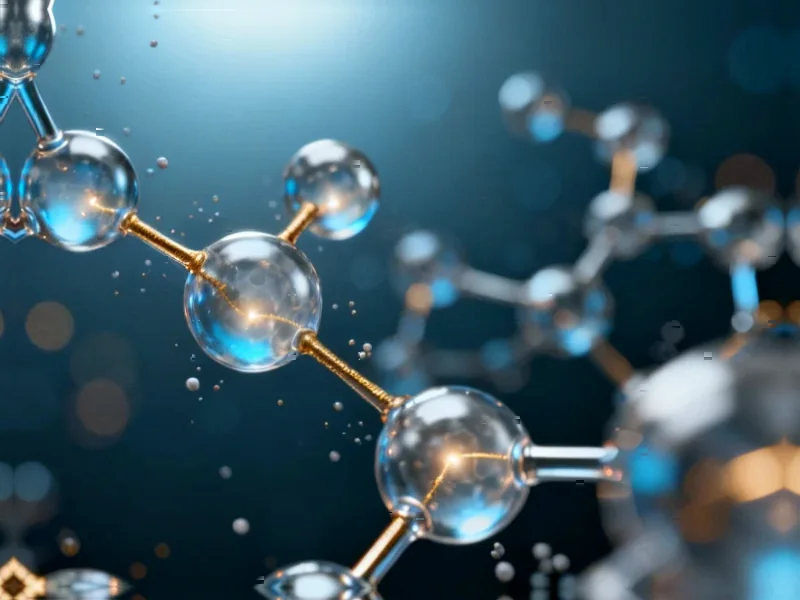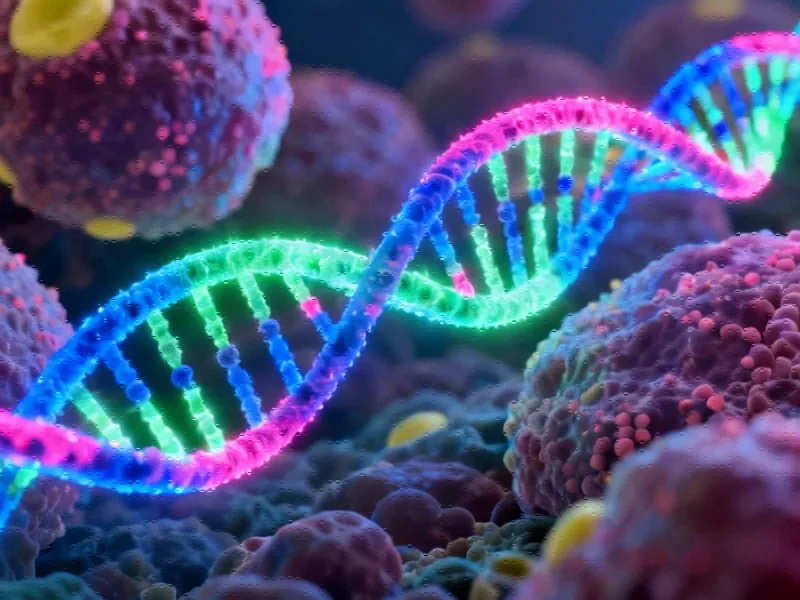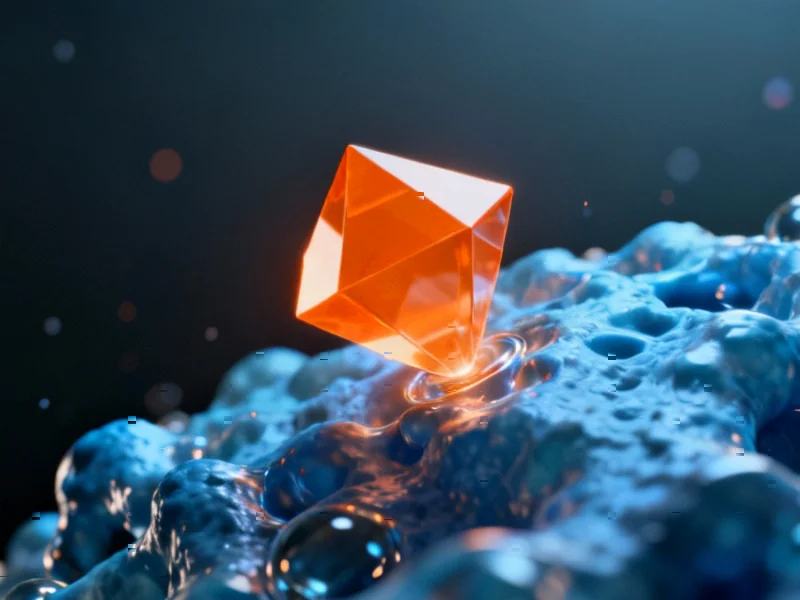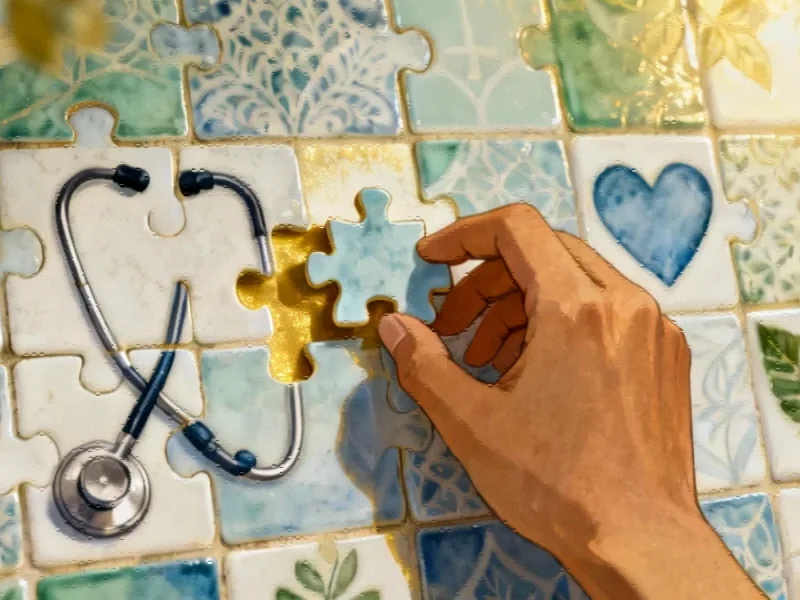The Critical Role of And-1 in UV Damage Repair
In groundbreaking research published in Nature Communications, scientists have uncovered the sophisticated mechanism by which the And-1 protein coordinates with polymerase δ to regulate nucleotide excision repair (NER) and prevent UVB-induced skin tumorigenesis. This discovery represents a significant advancement in understanding how our cells protect against environmental damage that can lead to skin cancer.
Table of Contents
The study demonstrates that And-1 serves as a crucial factor in repairing UVB-induced DNA lesions, specifically cyclobutane pyrimidine dimers (CPDs) and 6-4 photoproducts (6-4PPs). Through sophisticated immunofluorescence analysis, researchers confirmed that And-1 directly accumulates at UV-induced DNA damage sites in multiple cell types, including primary human epidermal keratinocytes, immortalized human keratinocyte cells, and primary human fibroblast cells.
Mechanism of Action: And-1’s Partnership with Polymerase δ
The research team employed comprehensive mass spectrometry analysis to identify And-1-associated proteins involved in the NER pathway. Their investigation revealed that And-1 interacts with key NER factors, including DDB1 and POLD1/p125, with these interactions significantly enhanced following UVB exposure.
The temporal dynamics of protein recruitment provided crucial insights into And-1’s specific role. While DDB1 rapidly accumulated at chromatin within approximately 5 minutes and diminished within an hour after UVB exposure, And-1 and p125 showed different kinetics. Both proteins began accumulating within 5-10 minutes, with And-1 reaching maximum accumulation at 4 hours and p125 at 8 hours post-exposure., according to technology trends
This timing suggests that And-1 operates during the later stages of NER, specifically facilitating gap-filling DNA synthesis by recruiting p125 to UV lesion sites. The research demonstrated that And-1 depletion significantly impaired p125 chromatin accumulation without affecting DDB1 recruitment, highlighting its specific role in the repair synthesis phase.
Molecular Interactions and Regulatory Mechanisms
The study delved deeper into how And-1 regulates p125 recruitment, revealing that it enhances the interaction between p125 and PCNA (proliferating cell nuclear antigen), a critical protein for DNA replication and repair. UVB exposure normally increases p125-PCNA interaction, but this enhancement was significantly reduced in And-1 depleted cells.
Additionally, researchers discovered that And-1 interacts with p66, another essential component for p125 recruitment to UV lesion sites. And-1 depletion reduced both the co-localization of p66 with CPDs and its association with chromatin, further demonstrating the protein’s multifaceted role in coordinating the repair machinery.
Unscheduled DNA synthesis (UDS) assays provided functional validation of these findings. Using thymidine analog 5-ethynyl-deoxyuridine (EdU) to evaluate DNA repair capacity, researchers observed that robust EdU incorporation at UV-induced CPD lesions was markedly reduced upon And-1 depletion, while ectopic And-1 expression effectively restored repair synthesis.
Phosphorylation Regulation and Clinical Implications
The research team also investigated the regulatory mechanisms controlling And-1 function, focusing on phosphorylation at threonine 826 (T826) by the ATR kinase. Their findings revealed that:
- UVB exposure significantly elevates phosphorylated And-1 levels
- ATR inhibition effectively abolishes this phosphorylation
- Phosphorylated And-1 co-localizes with CPDs at damage sites
- The T826A mutant fails to co-localize with CPDs or restore p125 recruitment
- Phospho-mimetic T826E mutant partially restores function even with ATR inhibition
These results establish that And-1 phosphorylation at T826 is critical for its accumulation at UV lesion sites and its ability to facilitate p125-PCNA interaction and repair synthesis.
Broader Implications for Skin Cancer Prevention and Treatment
This comprehensive research provides crucial insights into the molecular mechanisms protecting against UV-induced skin damage and tumorigenesis. The identification of And-1 as a key coordinator in the NER pathway opens new avenues for:, as earlier coverage
- Developing targeted therapies for individuals with compromised DNA repair systems
- Creating more effective sun protection strategies based on cellular repair mechanisms
- Identifying biomarkers for skin cancer risk assessment
- Designing interventions to enhance natural DNA repair capacity
The study’s findings represent a significant step forward in understanding how our cells maintain genomic integrity against environmental assaults. As research continues to unravel the complexities of DNA damage response pathways, new opportunities emerge for preventing and treating UV-induced skin cancers through targeted manipulation of these natural defense systems.
Related Articles You May Find Interesting
- Federal Battery Funding Freeze: DOE Withdraws $700M from Stalled Green Energy Pr
- Asian Markets Rally as Trade Tensions Ease; CATL Earnings Boost EV Sector
- Warner Bros. Discovery Explores Potential Sale Following Acquisition Interest, S
- Bank of England Sounds Alarm on Private Credit Market Vulnerabilities Following
- US Treasury Yields Hit Multi-Month Lows as Government Shutdown Extends
This article aggregates information from publicly available sources. All trademarks and copyrights belong to their respective owners.
Note: Featured image is for illustrative purposes only and does not represent any specific product, service, or entity mentioned in this article.



